Facing issues with your OnePlus headphones can be a real headache, stopping you from enjoying your music or taking calls. Whether it’s a connection that keeps dropping, poor sound quality, or a battery that dies too quickly, these problems are common. The good news is that most of these issues have simple fixes. This guide will walk you through easy troubleshooting steps to solve the most frequent problems and get your headphones working like new again.
How to Fix Annoying Connectivity Problems
Nothing is more annoying than when your Bluetooth headphones refuse to connect or keep disconnecting. This is often the most reported issue by users. Usually, the problem is not with the headphones themselves but with the connection settings or signal interference.
A simple yet effective solution is to reset the connection. Turn off your headphones and then go to your phone’s Bluetooth settings and “forget” the device. After that, turn your headphones back on and put them in pairing mode to establish a fresh connection. This often clears up any software glitches causing the problem.
Interference from other electronic devices is another major cause of connectivity issues. Wi-Fi routers, microwaves, and even other Bluetooth devices can weaken the signal. Try moving away from these sources to see if your connection stabilizes. Also, make sure your headphones are fully charged and within the recommended range of your phone, which is typically about 30 feet.
Boosting Your OnePlus Headphone Sound Quality
If your music sounds muffled, distorted, or unbalanced, it can ruin your listening experience. Poor audio quality can stem from a bad fit, incorrect software settings, or even physical damage. Before you worry about a hardware defect, there are several things you can try.
First, check the fit of your headphones. For earbuds, using the right size ear tips is crucial for creating a good seal. A poor seal can lead to a lack of bass and let in outside noise. Experiment with the different sizes included in the box to find the one that fits your ears snugly and comfortably.
Adjusting your phone’s equalizer settings can also make a huge difference. Most smartphones have built-in audio settings that let you customize the sound profile. You can boost the bass, enhance the treble, or choose from various presets like “Rock” or “Jazz” to find a sound that you prefer. Making small tweaks in the equalizer can often restore clarity and balance to your audio.
Sometimes, the issue is more straightforward. Here’s a quick guide to diagnosing sound problems:
| Sound Problem | Possible Cause | Quick Solution |
|---|---|---|
| Muffled Audio | Blocked ear tips or poor fit | Clean the ear tips and try different sizes. |
| Audio Cutting Out | Bluetooth Interference | Move away from Wi-Fi routers or other devices. |
| One Side is Louder | Audio balance setting | Check the audio balance in your phone’s accessibility settings. |
If none of these software tweaks work, carefully inspect your headphones for any physical damage. Look for tears in the earpads or damage to the connectors. If you find something, you may need to contact OnePlus support.
Getting More Juice out of Your Headphone Battery
A short battery life can be a major inconvenience, especially if you rely on your headphones throughout the day. If you find your OnePlus headphones are dying faster than expected, a few simple changes in your usage habits can help extend their playback time significantly.
One of the biggest battery drains on modern headphones is Active Noise Cancellation (ANC). While it’s a great feature for blocking out distractions, it uses a lot of power. If you don’t need ANC, turn it off to instantly boost your battery life. The same goes for other special features like ambient sound modes or LED lights.
Your charging habits also play a big role in the long-term health of your battery. To prolong its lifespan, try to follow these practices:
- Avoid letting the battery completely drain to 0% or charging it to 100% all the time.
- Try to keep the battery level between 20% and 80% for optimal health.
- Once fully charged, unplug the headphones to prevent overcharging, which can degrade the battery over time.
Managing these settings and habits can help you get the most out of a single charge and keep your headphone battery healthy for longer.
When Your Headphone Buttons Stop Working
Unresponsive buttons can make it impossible to control your music or answer calls. If the physical buttons on your OnePlus headphones are not working, the cause is often simple. Dirt, sweat, or grime can build up around the buttons, preventing them from making proper contact.
Start by gently cleaning the buttons and the surrounding area with a soft, dry cloth or a cotton swab lightly dampened with isopropyl alcohol. Be careful not to let any liquid seep into the headphones. This simple cleaning can often dislodge any debris and restore functionality.
If cleaning doesn’t help, a factory reset might be the answer. The process for resetting can vary between different models, so check your user manual for specific instructions. A reset will restore the headphones to their original settings and can fix software bugs that may be causing the buttons to be unresponsive.
Best Practices for Keeping Your Headphones Healthy
Proper maintenance is key to ensuring your OnePlus headphones last a long time and perform at their best. Just a few simple habits can prevent many of the common problems from ever happening in the first place.
Always store your headphones in their case when you’re not using them. Tossing them into a bag or pocket can damage the cables, scratch the finish, and expose them to dirt and debris. Using a protective case keeps them safe and clean.
Another crucial maintenance step is to keep the firmware updated. OnePlus regularly releases software updates that include bug fixes, performance improvements, and sometimes even new features. You can check for and install these updates using the OnePlus Connect app on your smartphone. Keeping your software current is one of the easiest ways to ensure a smooth, trouble-free experience.
Frequently Asked Questions
Why won’t my OnePlus headphones connect to my phone?
First, make sure Bluetooth is on and your headphones are in pairing mode. If they still don’t connect, try restarting both your phone and the headphones. For a more reliable fix, remove the headphones from your device’s saved Bluetooth list and pair them again from scratch.
How can I fix the poor audio quality on my OnePlus headphones?
Check that your headphones are fully charged, as a low battery can impact sound. Also, try a different music app or audio file to rule out a bad source. Ensure the ear tips are clean and fit well in your ears, as a good seal is essential for quality sound.
My OnePlus headphones keep disconnecting. What should I do?
Frequent disconnections are often caused by being too far from your device or by signal interference. Stay within 30 feet of your phone and move away from devices like microwaves or Wi-Fi routers. Checking for firmware updates for your headphones can also resolve stability issues.
The microphone on my headphones isn’t working. How can I fix it?
Ensure your headphones are selected as the audio input device in your phone’s settings. Test the mic in different apps to see if the problem is specific to one application. You should also gently clean the microphone opening to remove any dust or debris that could be blocking it.
Are there software updates for my OnePlus headphones?
Yes, OnePlus releases firmware updates to fix bugs and improve performance. To check for updates, connect your headphones to your phone and open the OnePlus Connect app. The app will notify you if a new update is available and guide you through the installation process.

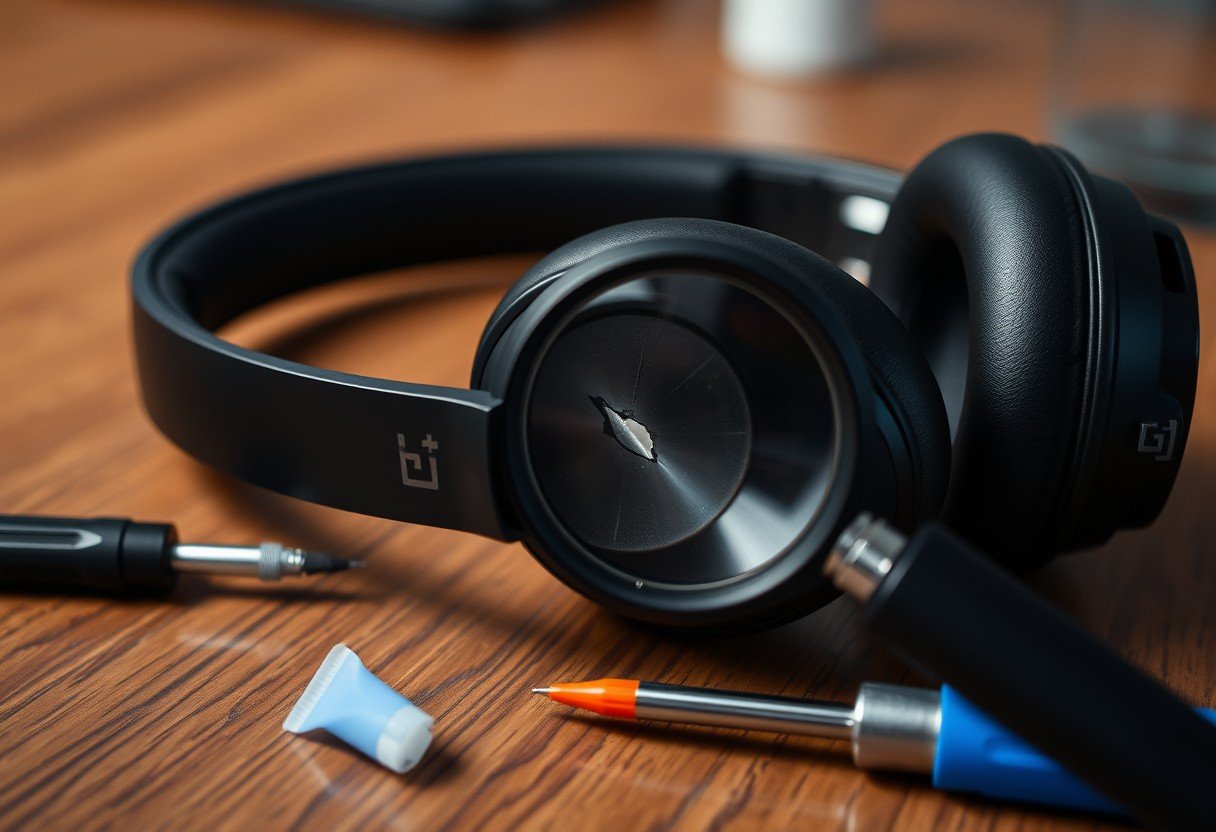
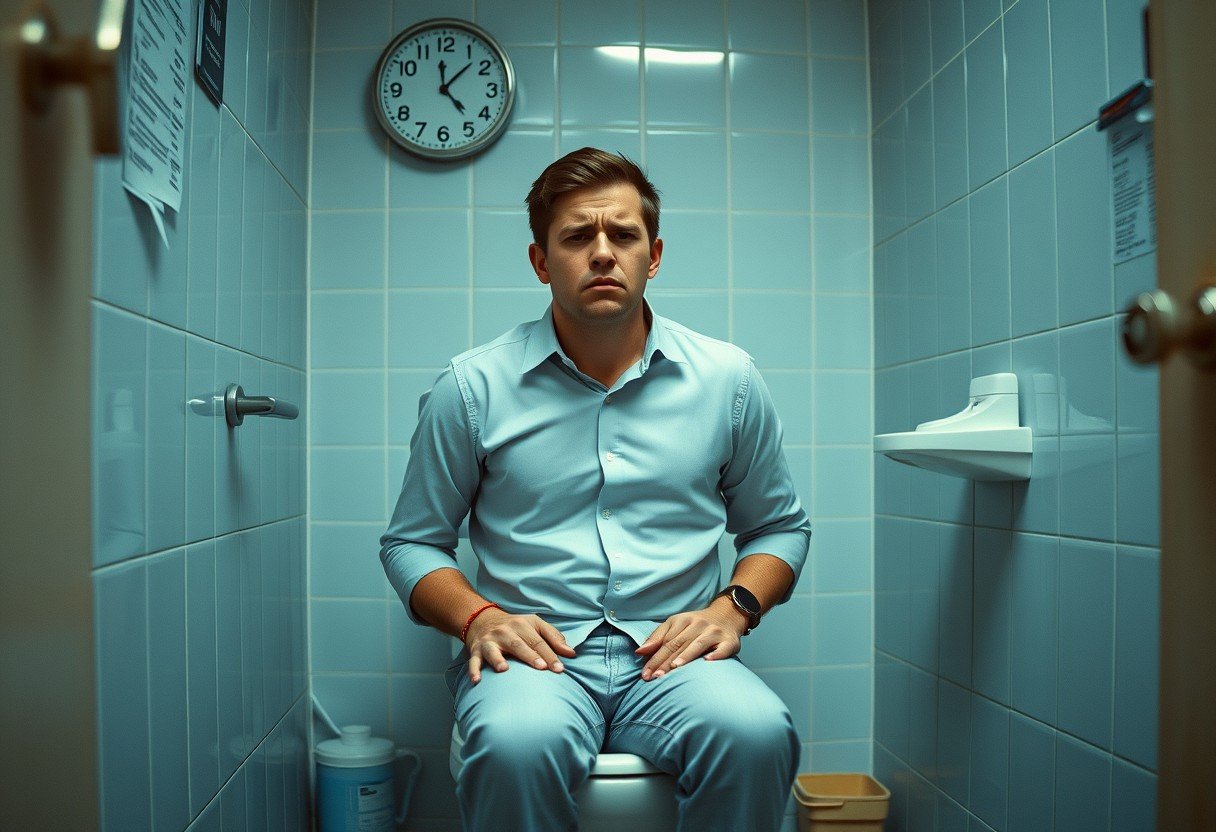
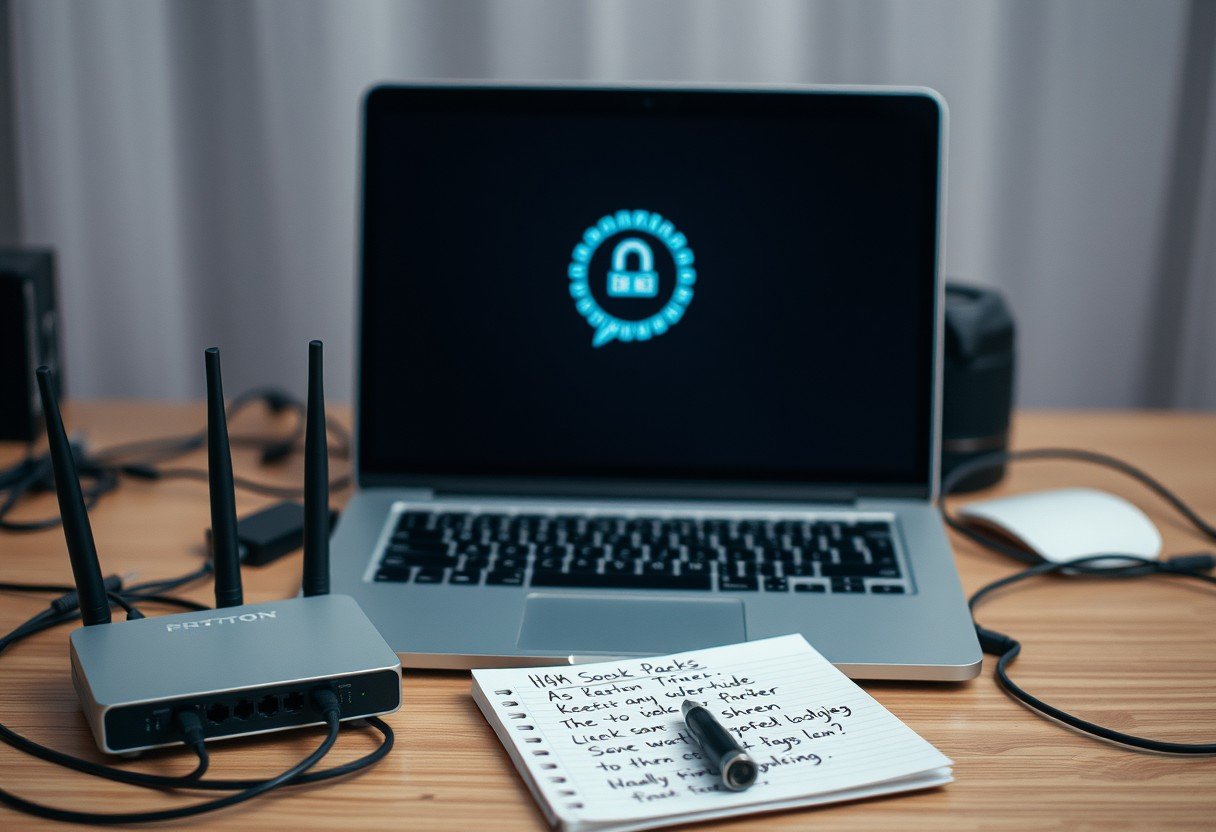
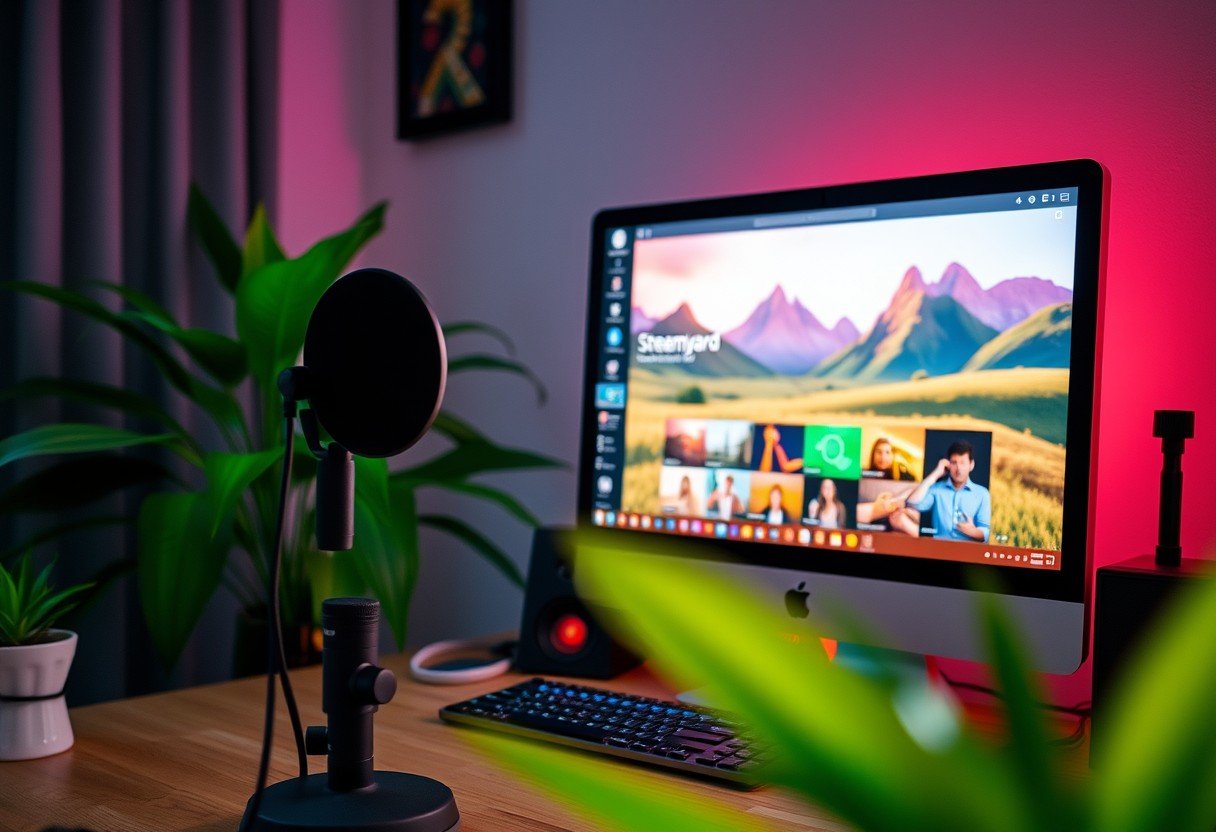

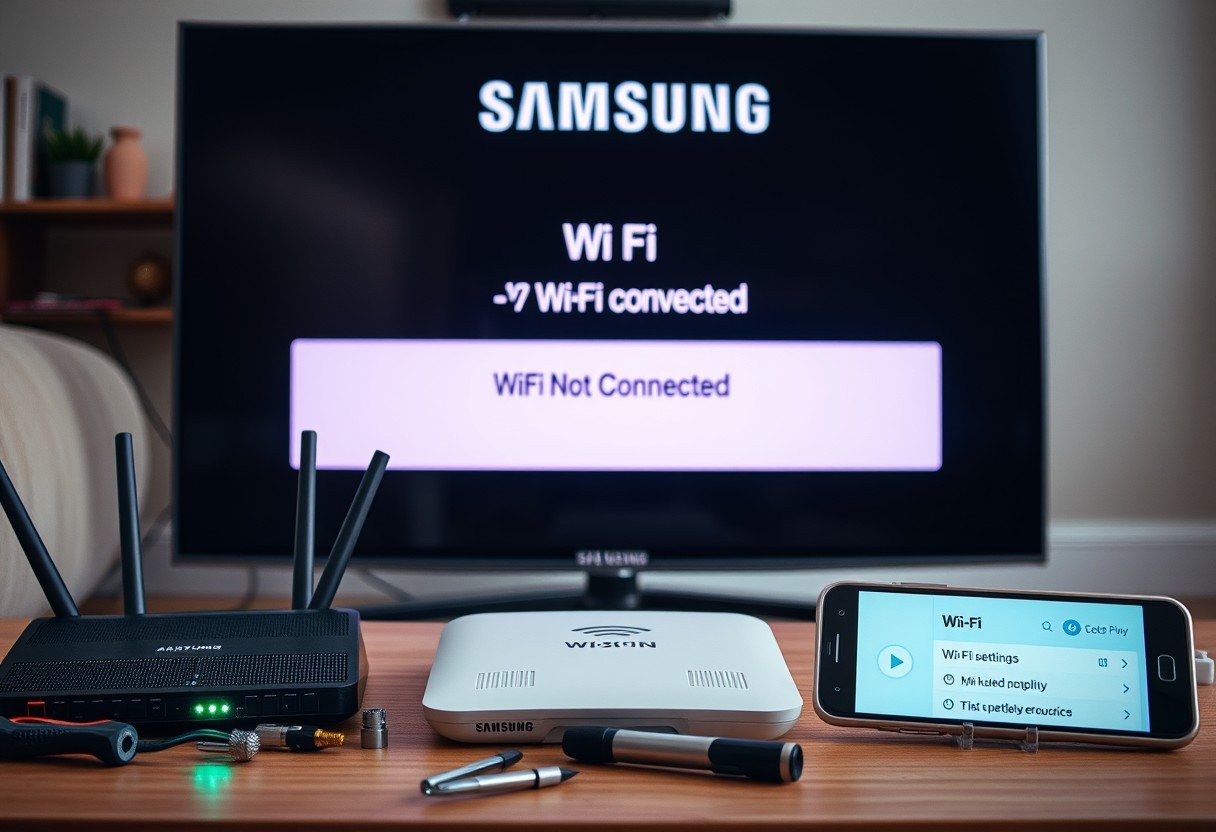
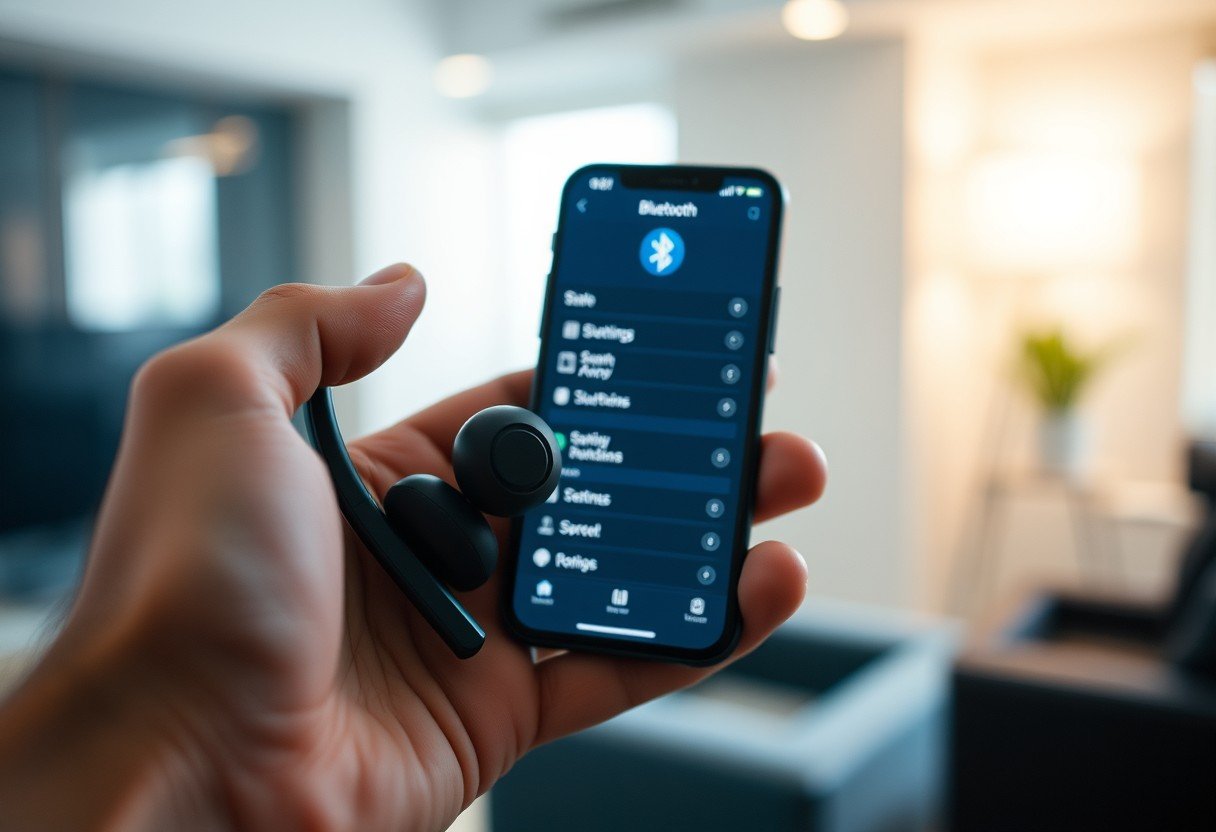
Leave a Comment